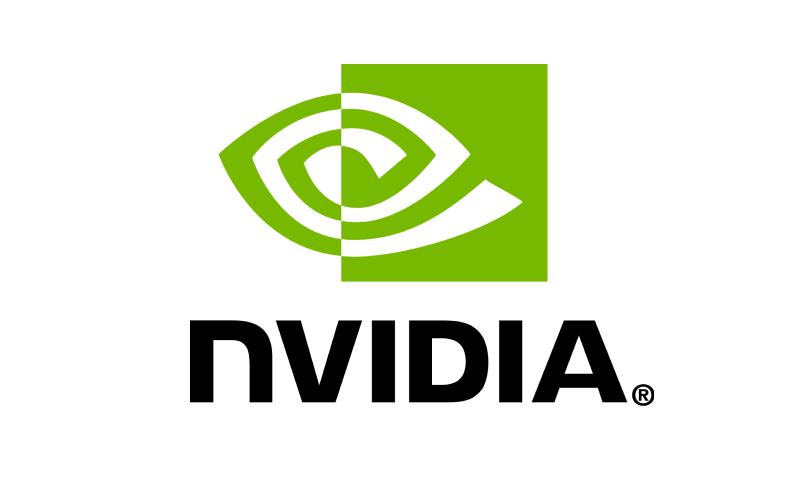
PyTorch is a flexible and powerful deep learning framework designed to allow developers to build complex models, offering a user-friendly API to allow development teams to experiment and debug programs more easily. PyTorch integrates well with many popular libraries such as NumPy, TensorFlow and scikit-learn, making it a viable choice for many organizations.
What is PyTorch?
PyTorch is an open-source machine learning library developed by Facebook’s AI research team that has gained significant popularity in the field of deep learning. Dynamic computational graph, Pythonic interface, and efficient tensor computation, means PyTorch has become a go-to choice for researchers and developers working on various deep learning applications.
PyTorch’s success can be attributed to its flexibility, allowing users to build custom architectures and experimental setups with ease. This flexibility extends to the dynamic nature of its computational graph, letting users create complex models without being constrained by a predefined graph structure. The availability of rich visualization and debugging tools further enhances PyTorch’s usability, allowing developers to quickly iterate and refine their models.
The popularity of PyTorch isn’t limited to academia but extends to various industry domains, such as computer vision, natural language processing, and speech recognition. The combination of PyTorch’s flexibility, ease-of-use, and strong community support has made it an attractive option for building and deploying machine learning models in real-world scenarios.
How does PyTorch work?
PyTorch operates on the foundation of three key components: the computational graph, tensors, and automatic differentiation. Understanding these core concepts is crucial to grasping how PyTorch works.
Dynamic computational graphs
Dynamic computational graphs sets Pytorch apart from static graph frameworks like TensorFlow. The computational graph in PyTorch is constructed dynamically as the code is executed, allowing for greater flexibility in model construction and modification. This dynamic nature lets researchers and developers easily experiment with different model architectures, make on-the-fly changes, and implement complex control flows within their models. The computational graph captures the forward pass of the model and automatically tracks operations to facilitate efficient gradient computation during backpropagation.
Tensors
Tensors, the fundamental data structure in PyTorch, are akin to multidimensional arrays and share similarities with NumPy arrays. Tensors serve as the building blocks for storing and manipulating data in PyTorch and can represent various types of data, including scalars, vectors, matrices, or higher-dimensional arrays. Tensors offer extensive support for mathematical operations, broadcasting, and GPU acceleration, making them suitable for high-performance computing in deep learning tasks. Leveraging tensors, users can efficiently handle and transform data throughout the training and inference processes.
Automatic differentiation
Automatic differentiation, a crucial feature of PyTorch, eliminates the need for manual computation of gradients during backpropagation. PyTorch automatically tracks operations performed on tensors and constructs a computational graph that enables the efficient calculation of gradients. By simply defining the forward pass of the model and applying standard mathematical operations, PyTorch can automatically compute the gradients of the model’s parameters with respect to a given loss function. Automatic differentiation greatly simplifies the implementation of complex neural networks and enables rapid experimentation and prototyping in deep learning research and development.
Features of PyTorch
Pythonic interface
With a user-friendly API that aligns with Python, PyTorch is intuitive and accessible. The Pythonic interface lets developers use their existing Python skills and libraries. With PyTorch, developers can express complex deep learning models using concise and familiar syntax for productivity and code readability.
Efficient GPU acceleration
With GPU acceleration capabilities, PyTorch makes use of CUDA to use the power of GPUs for high-performance deep learning. This means users can train and deploy models with significantly faster execution times, allowing for quicker experimentation and training on large datasets.
Rich ecosystem and model zoo
PyTorch benefits from a vibrant ecosystem with a wide range of pre-trained models, utilities, and libraries. The Model Zoo, a repository of pre-trained models, offers a diverse collection of state-of-the-art architectures that can be readily utilized or fine-tuned for specific tasks, saving valuable time.
Model deployment
Various options can be used for deploying models into production systems. Through frameworks, users access PyTorch models in production environments, providing APIs and deployment solutions. This simplifies the transition from model development to real-world deployment, facilitating the integration of PyTorch models.
ONNX compatibility
Supporting the Open Neural Network Exchange format, PyTorch allows interoperability with other deep learning frameworks. This means models trained in PyTorch can be exported and used in frameworks like TensorFlow, Caffe, and MXNet, fostering collaboration in model sharing and deployment across different platforms.
Scalability and training
PyTorch supports distributed training, allowing users to leverage multiple GPUs or even distributed systems to train models more efficiently. This scalability feature enables faster training times, the ability to process larger datasets, and the potential for parallelizing computations across multiple resources.
Why use PyTorch?
PyTorch is the ideal choice for organizations delving into deep learning. With its intuitive Pythonic interface and efficient GPU acceleration, PyTorch facilitates development and faster computations. Its seamless model deployment, compatibility with ONNX, and support for mobile deployment offer flexibility and interoperability. Additionally, PyTorch benefits from a vibrant community, easy debugging, visualization tools, and cost-effectiveness. Embrace PyTorch to unlock the full potential of deep learning for your organization.
Powering ahead with PyTorch
PyTorch offers a range of unique advantages that have contributed to its widespread adoption and popularity in the field of deep learning. Let’s explore some of these advantages, including its intuitive Pythonic interface, dynamic graph construction, efficient GPU acceleration, seamless model deployment, compatibility with ONNX, and support for mobile deployment.
Intuitive interface | PyTorch’s Pythonic interface makes it incredibly intuitive and user-friendly, allowing developers to leverage their existing Python programming skills seamlessly. With a familiar syntax and extensive support for Python libraries, PyTorch facilitates a smooth and efficient development process. |
Support for mobile deployment | PyTorch offers mobile deployment capabilities, helping with the deployment and execution of models directly on mobile devices. This feature lets developers build and deploy deep learning models, including mobile vision, natural language processing, and augmented reality. |
Community support | With a large and growing community of developers and researchers actively build tools and libraries that extend the functionality of the PyTorch framework, such as GPyTorch, BoTorch, and Allen NLP, which can be used to extend and improve the functionality of PyTorch in various applications. |
Speed and efficiency | The overall time of development for applications and deep learning models is often less than for competitors, such as TensorFlow, making it a popular choice among organizations. |
Cost effective | As PyTorch is open source, it does not require any upfront cost. This is further supported by the PyTorch foundation which utilizes member and contributor resources to continually build the framework. |
Easy debugging and visualization | These built-in features simplify the debugging process, allowing users to identify and resolve issues more efficiently. PyTorch’s debugging capabilities include model introspection, gradient tracking, and error detection. Furthermore, PyTorch integrates well with popular visualization libraries, letting users visualize data, model architectures, and training progress. |
Who uses PyTorch?
PyTorch is used in multiple industries and is popular among researchers and academics. Researchers in academia use PyTorch for its dynamic computation graphs and support for eager execution which makes it well-suited for research and experimentation in the field of deep learning.

Microsoft uses PyTorch to develop deep learning models, mainly for natural language and computer vision tasks on Azure Machine Learning.

NVIDIA, A leading graphics processing unit (GPU) manufacturer, uses PyTorch to develop and train deep learning models for its product lines.

Facebook’s AI research team uses PyTorch as the primary framework for developing and deploying deep learning models.

X (formerly Twitter) uses PyTorch for tasks such as natural language processing, speech recognition, and computer vision.
Considering the trade-offs
While PyTorch offers a wide range of advantages, it also comes with certain disadvantages that organizations should be aware of.
Pythonic nature | The heavy reliance on Python and dynamic graph construction poses challenges for developers who prefer or require a language-agnostic approach. |
Limited production readiness | Compared to some other deep learning frameworks, PyTorch has historically been perceived as less production-ready. |
Potential for slower execution speed | PyTorch’s dynamic graph construction and flexibility can sometimes result in slower execution speed compared to frameworks with static graphs. |
Learning curve | With a dynamic nature and extensive flexibility, PyTorch has a steeper learning curve compared to some other deep learning frameworks. |
Memory consumption | The dynamic computation graph can lead to increased memory consumption during training. |
Performance | Due to the high memory consumption, PyTorch can experience some performance issues when handling large models. |
Limited visualization options | While visualization is built into the framework, the options are limited when compared to other frameworks such as TensorFlow. |
Limited commercial support | While there is a large amount of community support, the commercial support is often lacking when compared to competitors. |
